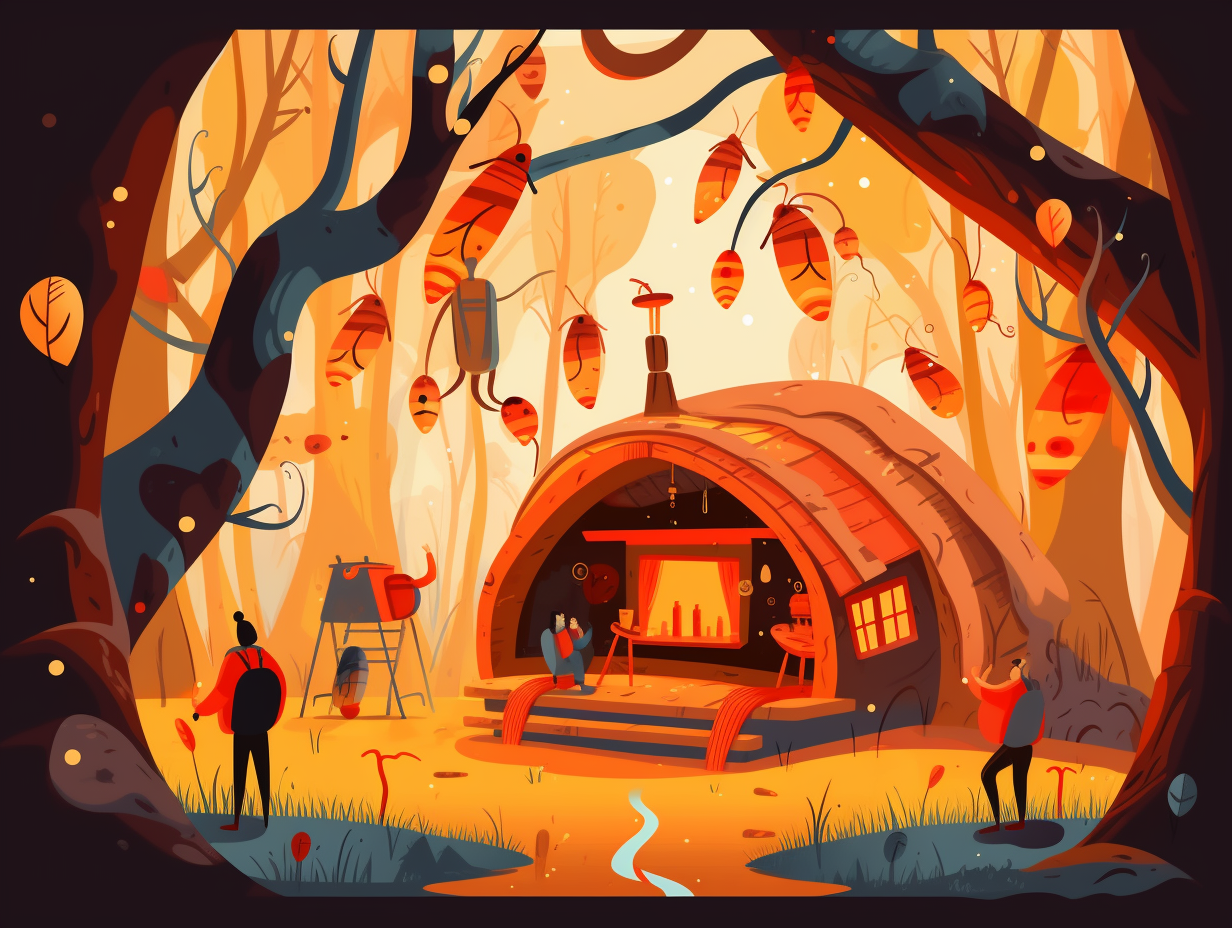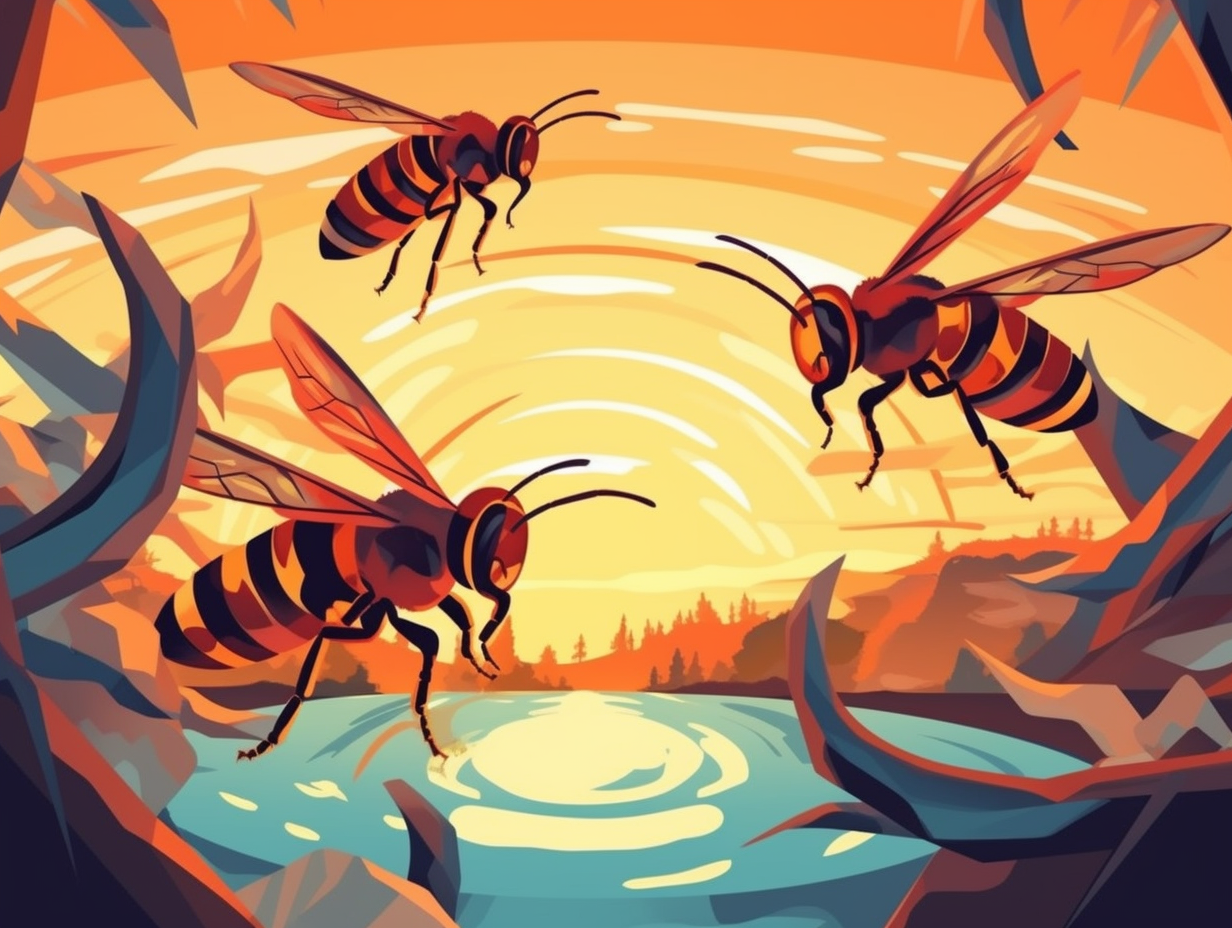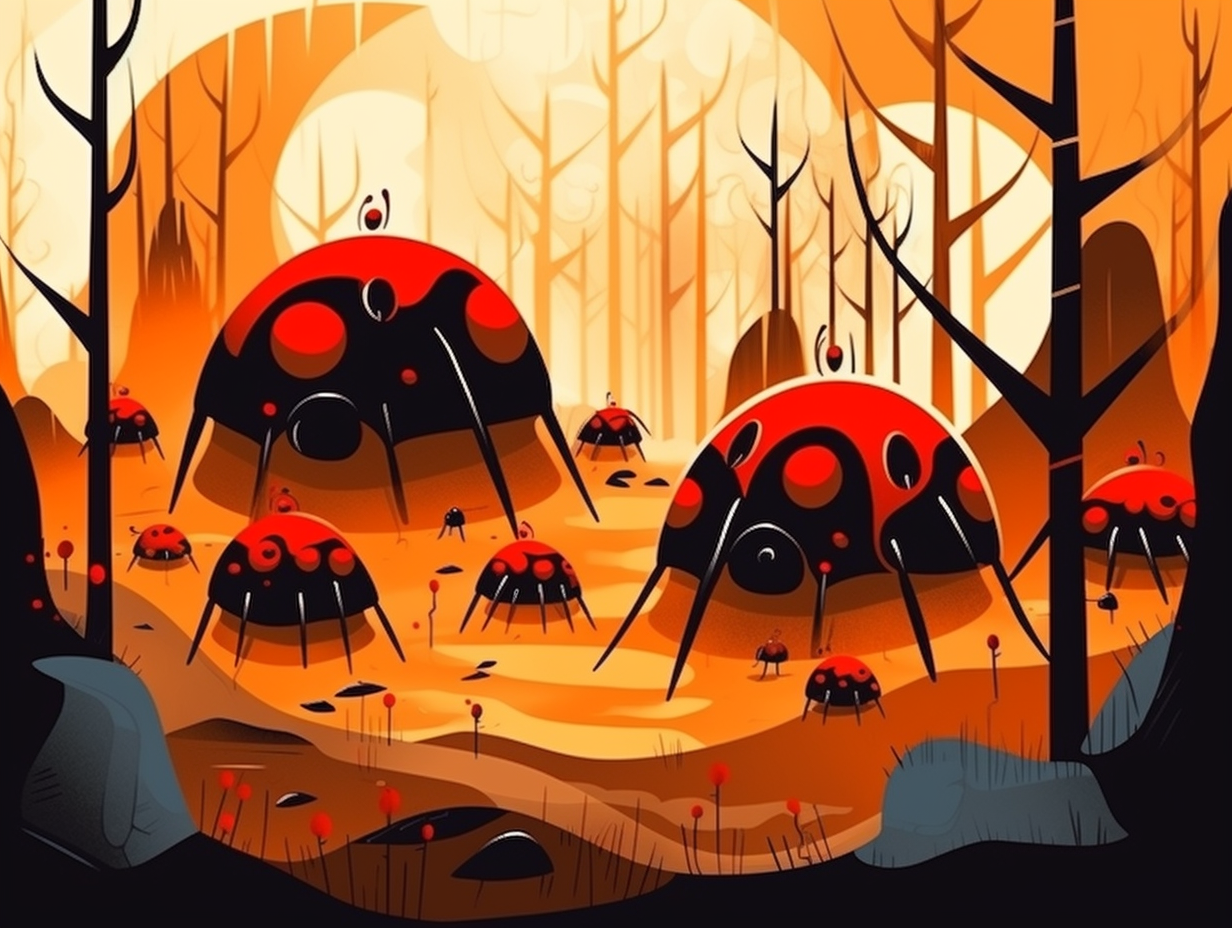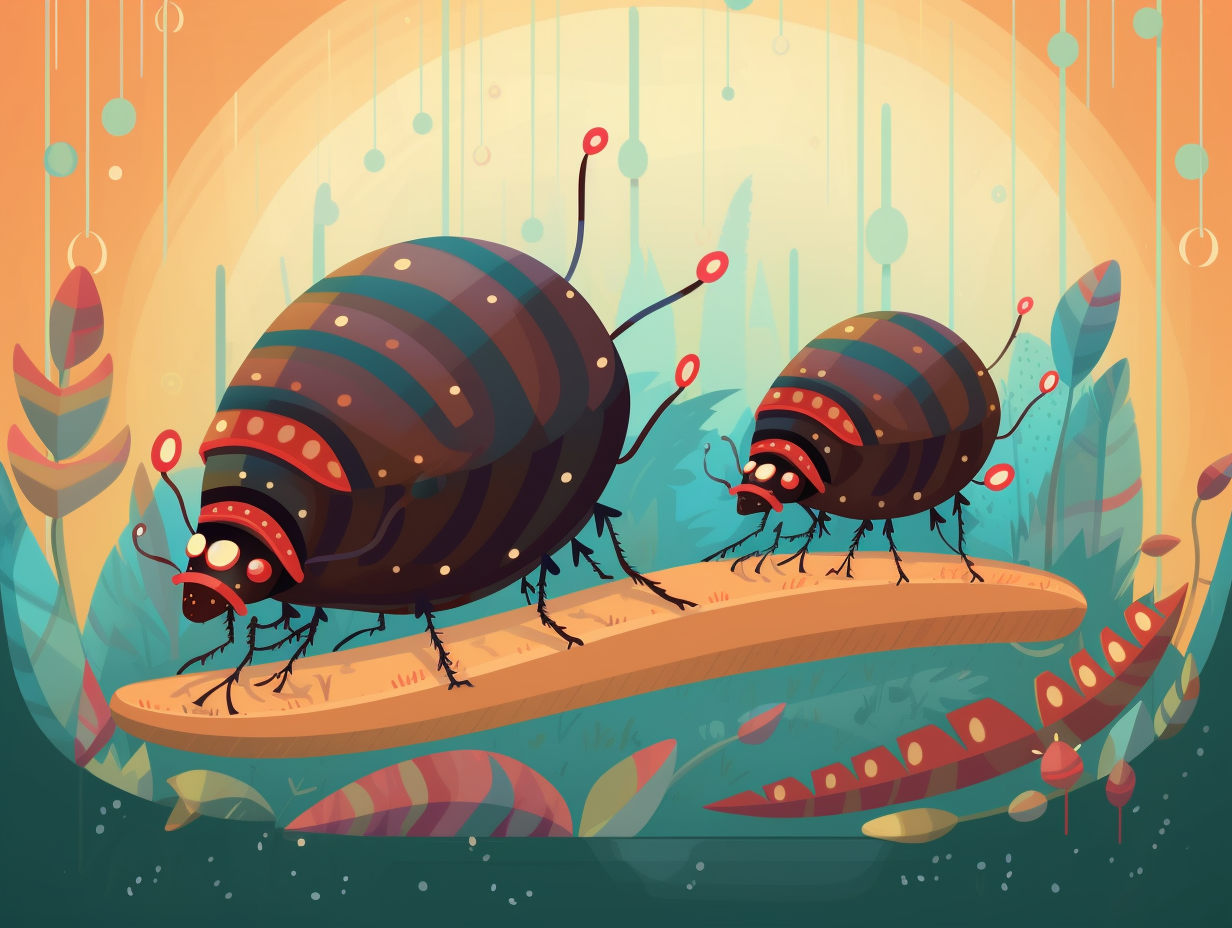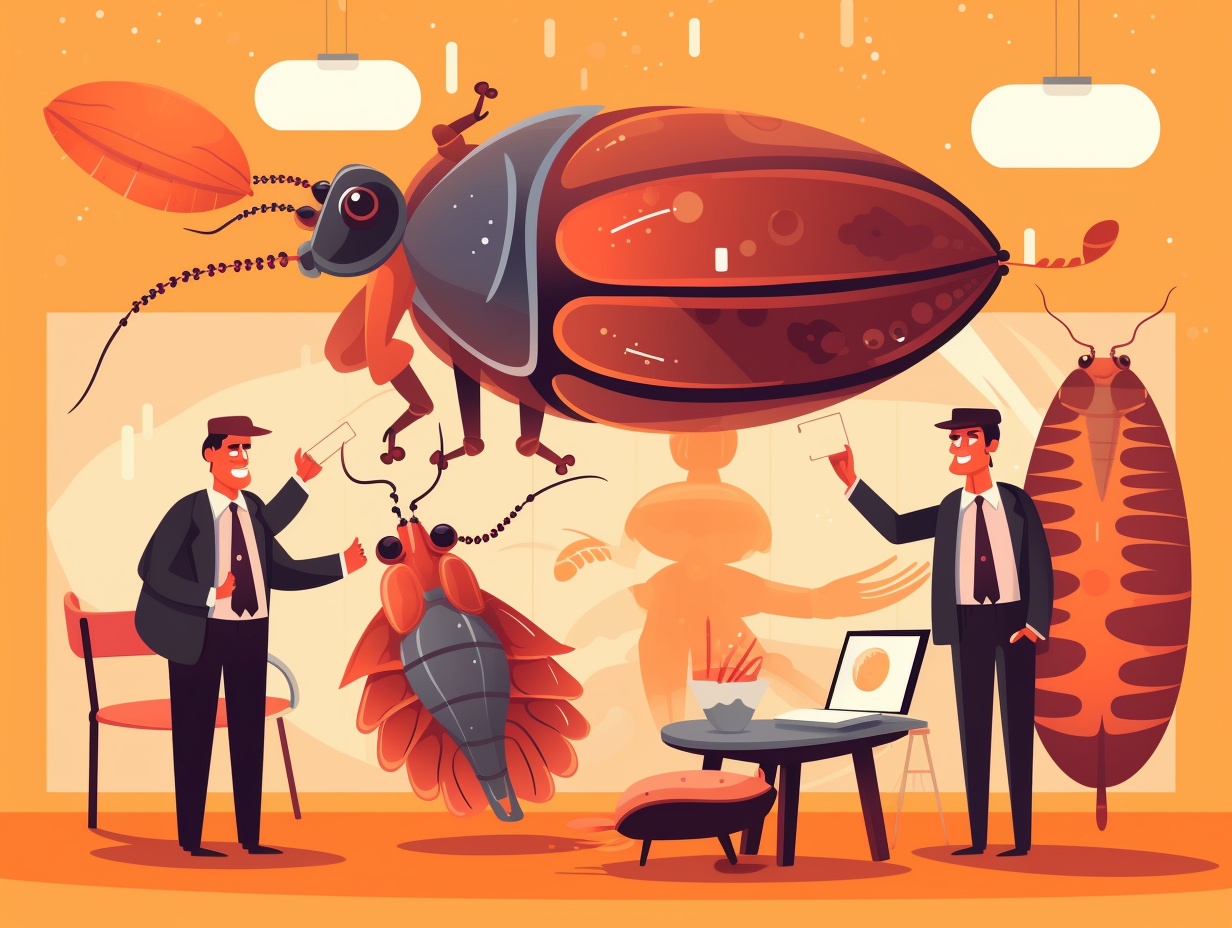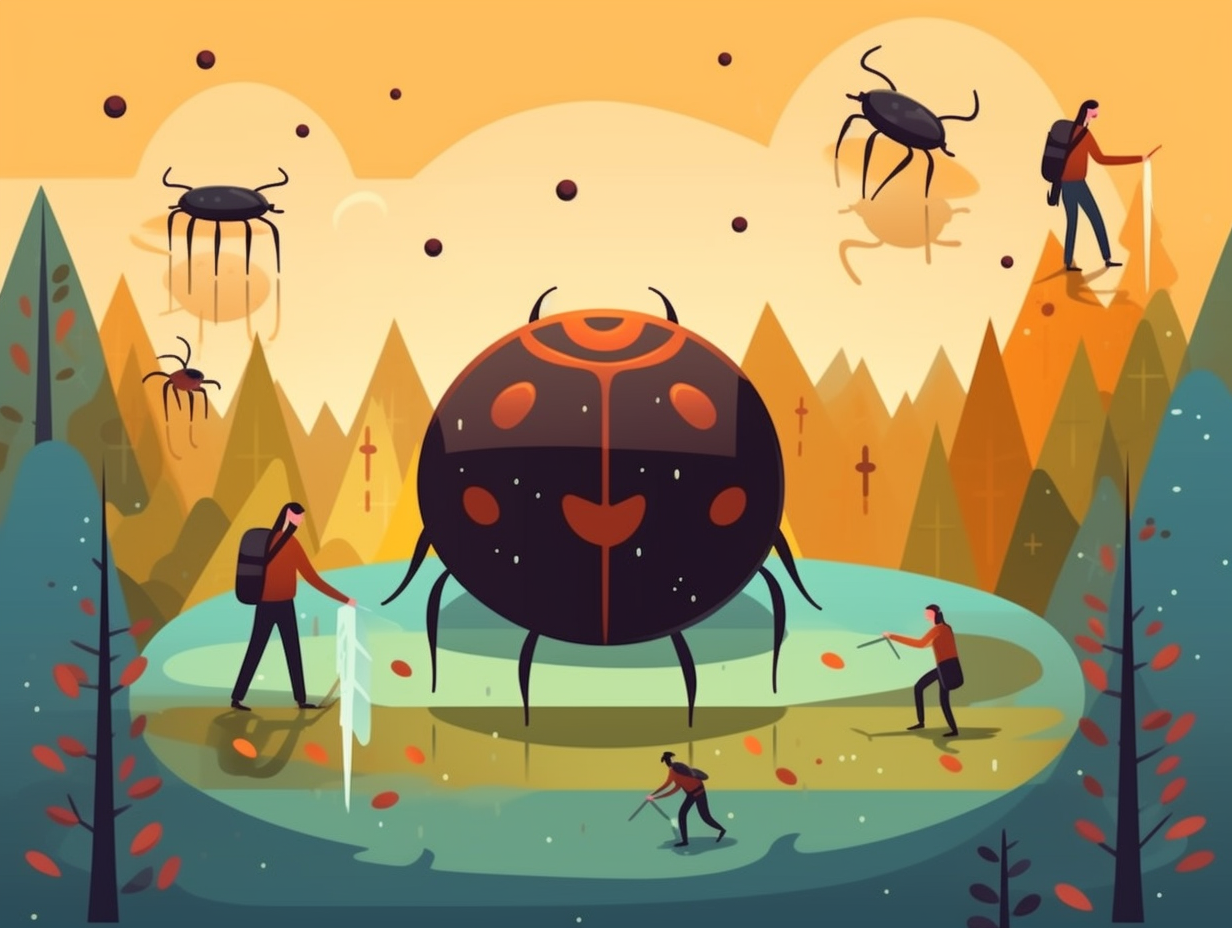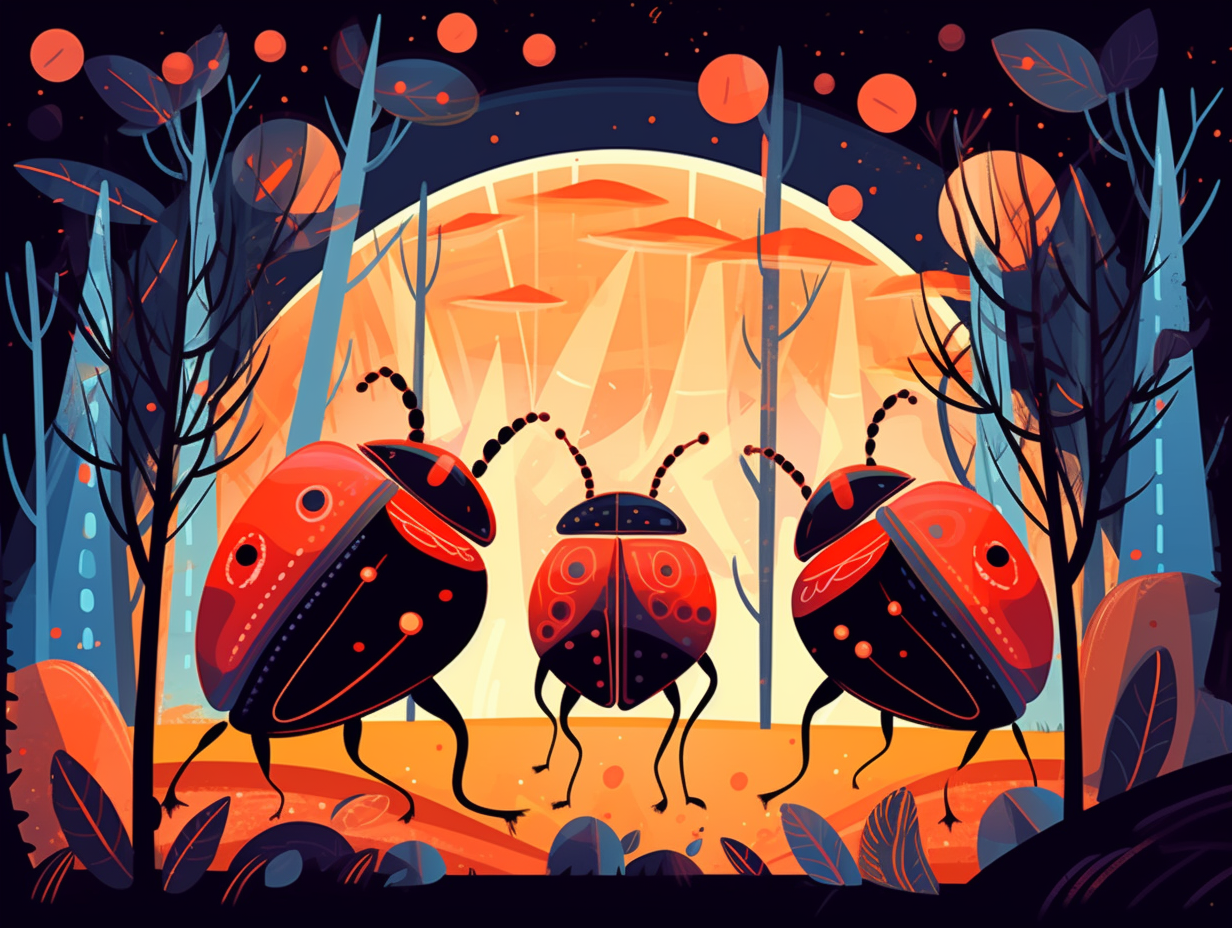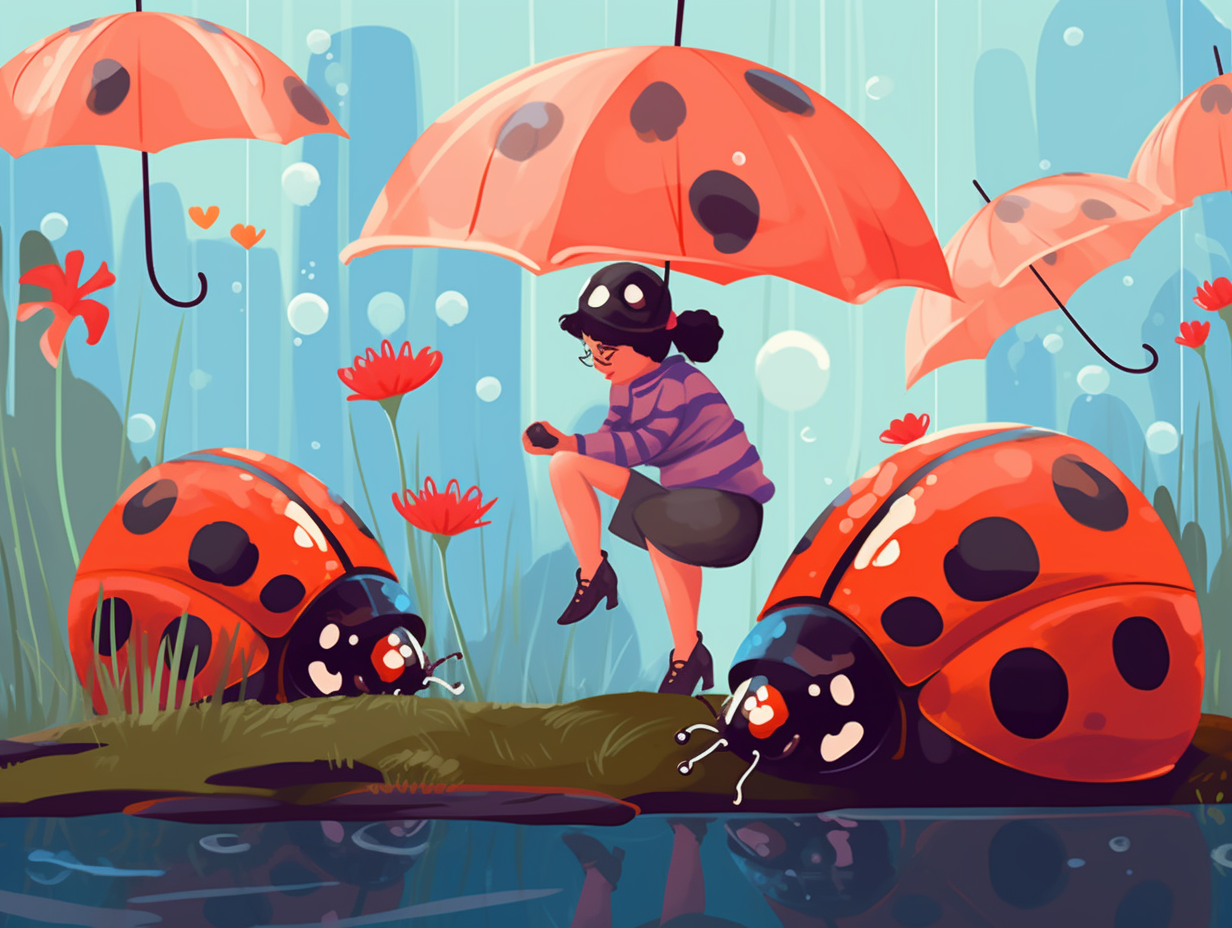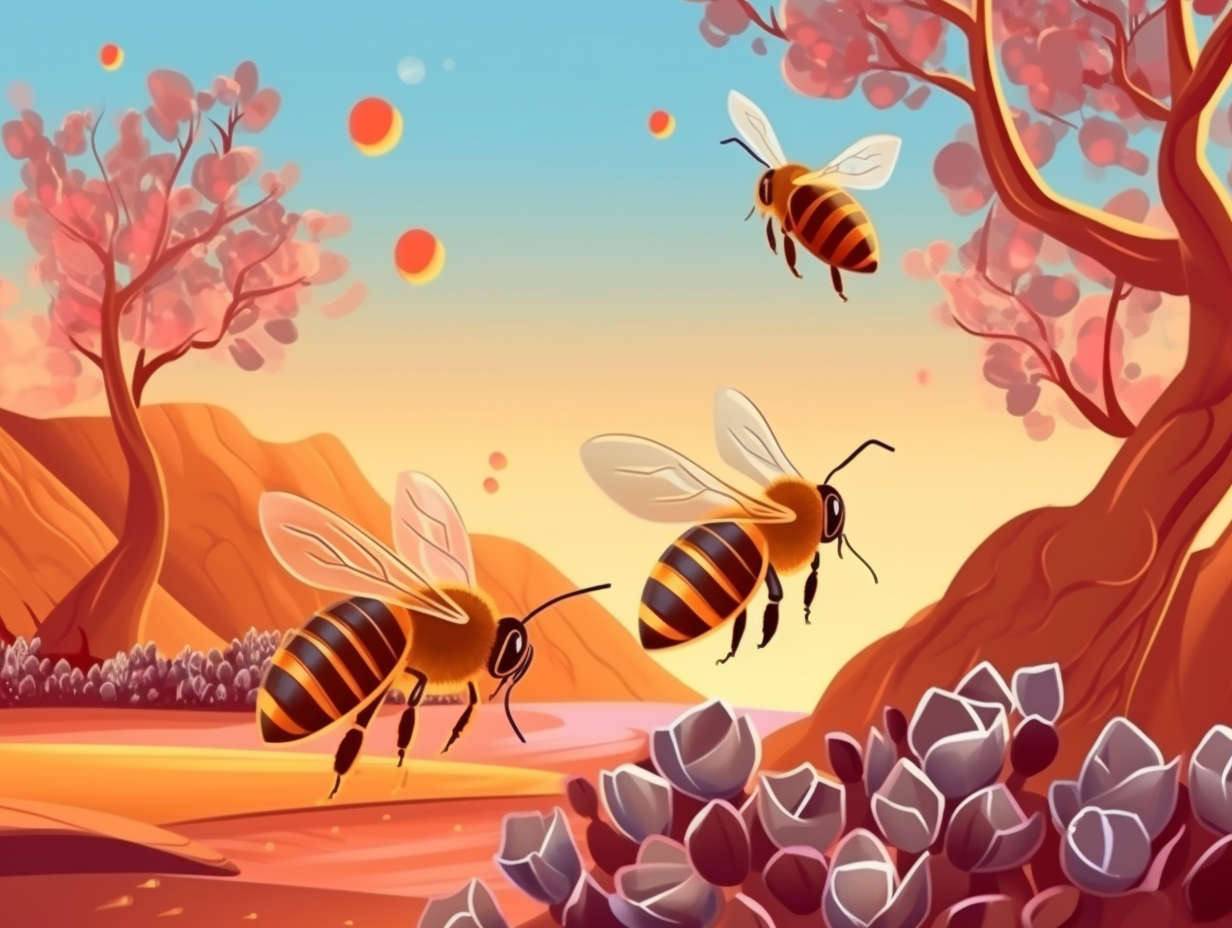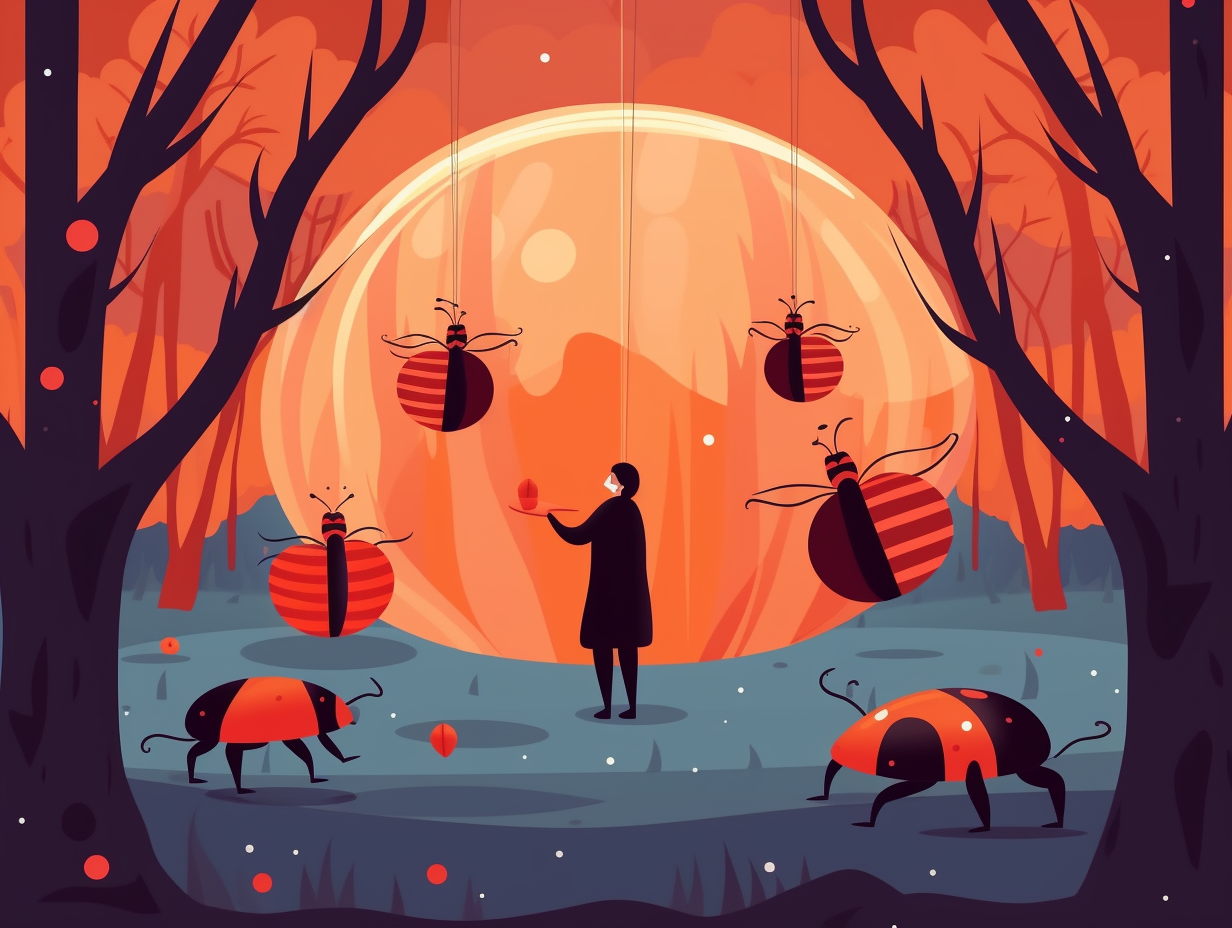Discover the Tiny World: Top 25 Amazing Ant Facts You Need to Know
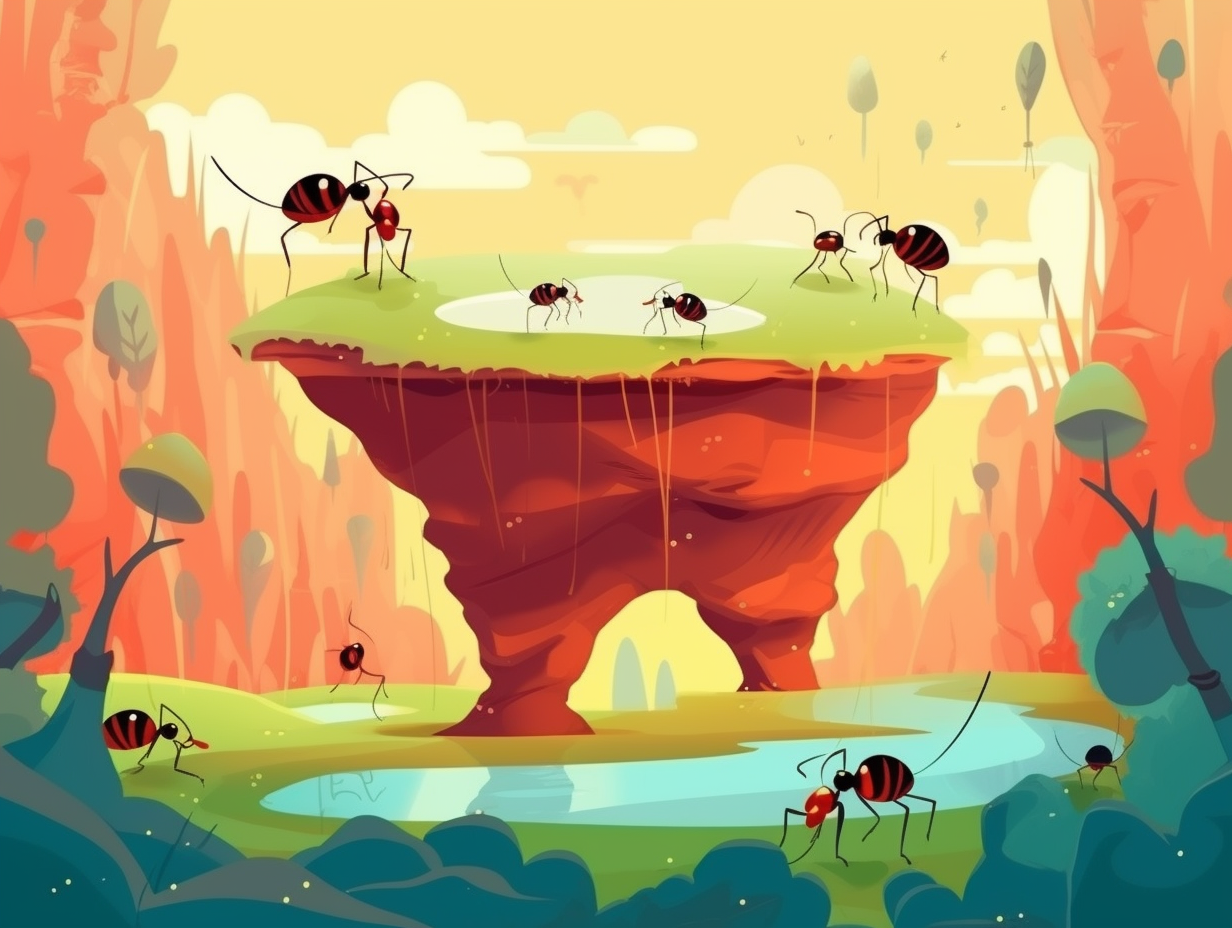
1. Ant Farmers
Move over, Old McDonald – these ants have got the farming game down pat! Harnessing the aphids like tiny cows, they're the masters of micro-livestock herding: This enterprising ant breed manages aphids to collect their sweet honeydew, a delectable byproduct from sap consumption. But this fascinating farming exchange can be a double-edged sword, causing damage to plants and leading even to home invasions if left unchecked.
Source => heartspm.com
2. Hulk Ants
If Hulk were an insect, he'd probably be an ant: These mighty minuscule marvels can carry loads up to 10-50 times their own weight, equivalent to a 180-pound human lugging around a full-grown cow. This super-strength is due to their impressive body size to body mass ratio, enabling worker ants to be the powerlifters of their complex, bustling colonies.
Source => terminix.com
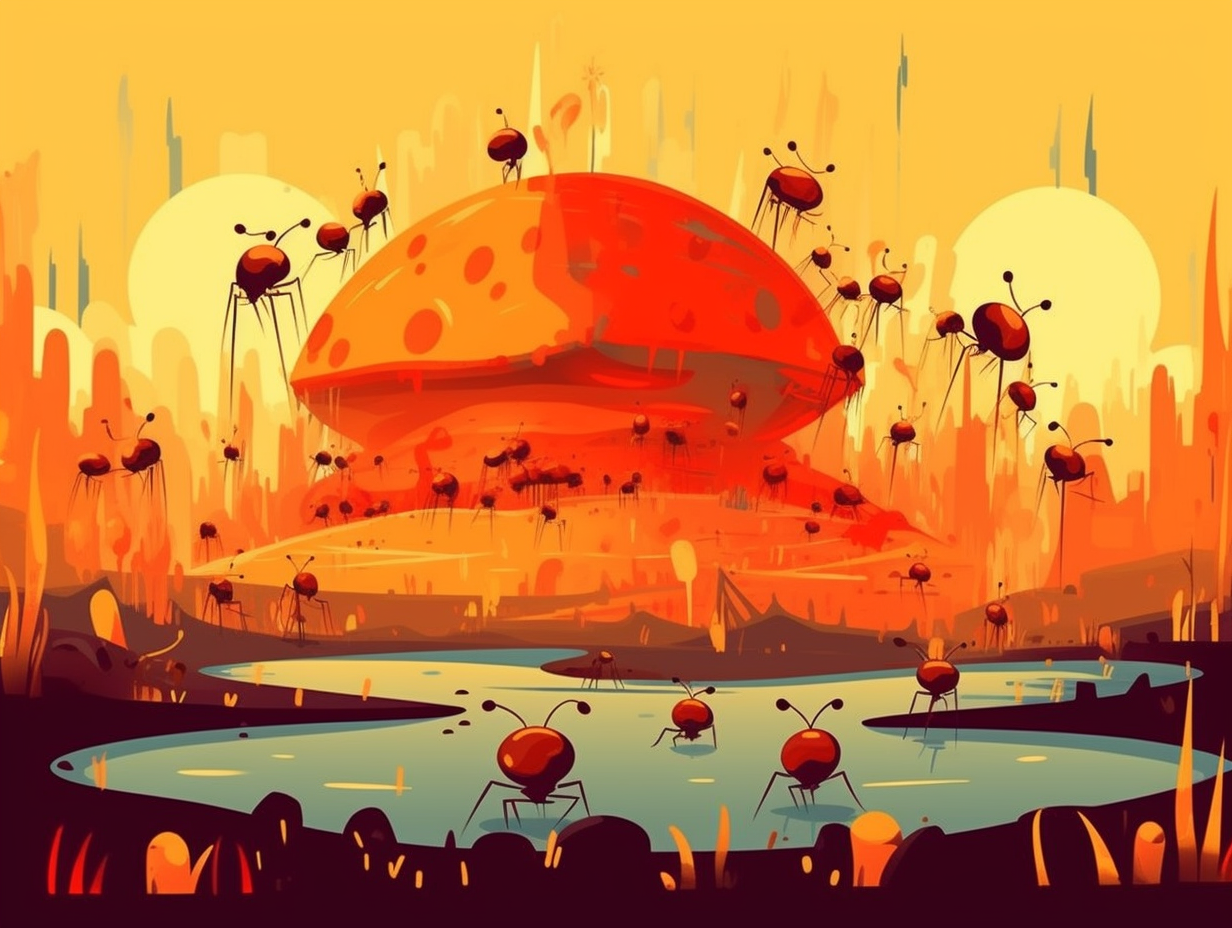
Did you know fire ants not only wear fiery red but can also build massive reddish-brown mansions for their colonies? Watch out for their painful stings at your outdoor feasts!
=> Fun Facts about Fire-Ants
3. Pheromone Phantom
If ants had a superhero, they'd surely be called "The Pheromone Phantom": These tiny beings communicate through the release of chemicals called pheromones, alerting each other about everything from the whereabouts of a tasty morsel to oncoming danger and even initiating an attack in the ultimate ant version of "Avengers Assemble!"
Source => nytimes.com
4. Ant Architects
Leave it to ants to make even civil engineers look like amateurs at a game of Jenga on a wobbly table: ants construct their underground nests with intricate precision, factoring in soil type, ventilation, and temperature control. They select specific building materials and coordinate among the colony for efficient and stable structures, inspiring researchers in fields like civil engineering and architecture.
Source => mdpi.com
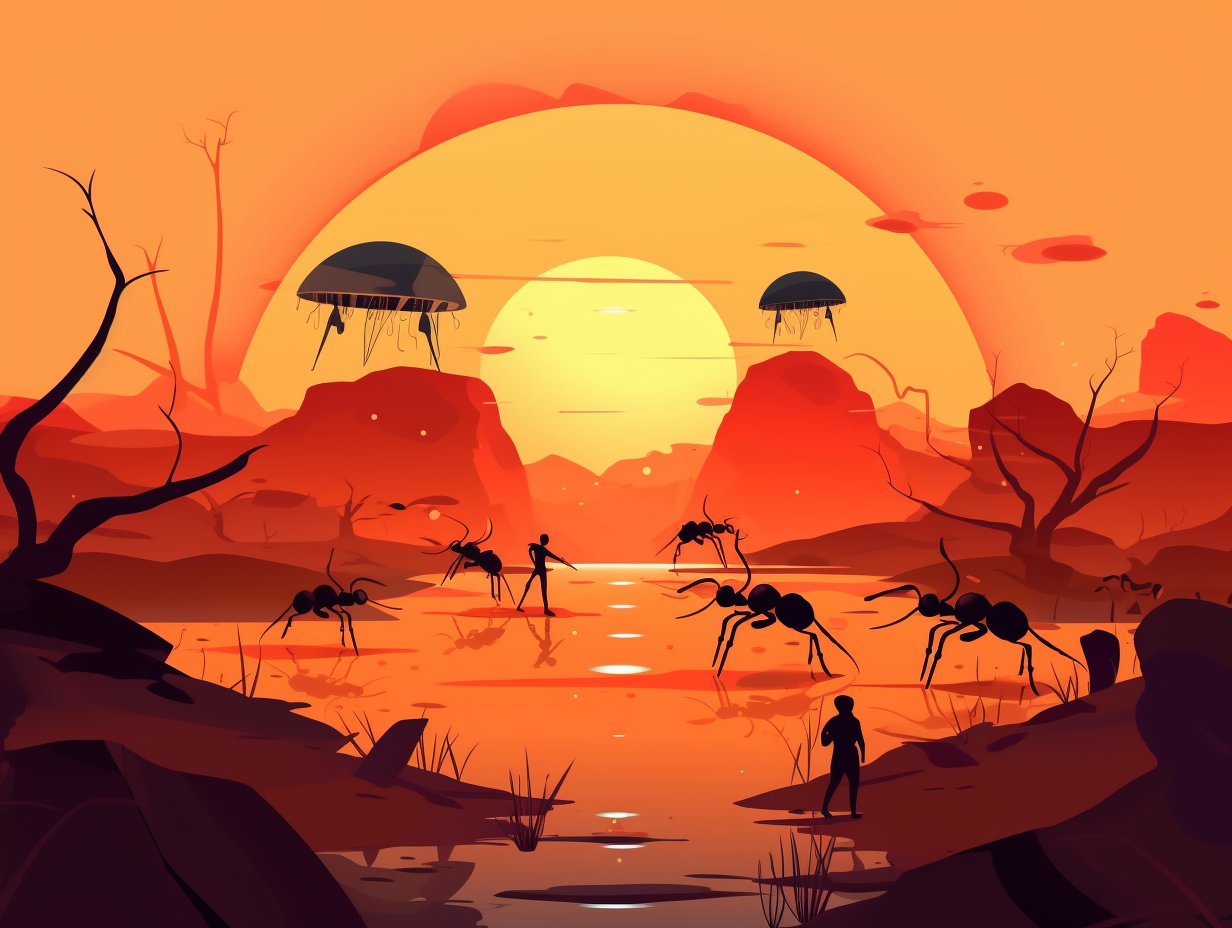
5. Ant Calculus
Who needs GPS when you've got AC (Ant Calculus)? Ants are out here doing vector math like they're trying to solve the Da Vinci Code or something: Desert ants in the Sahara rely on path integration to navigate back to their nest after foraging, calculating their distance and direction from home using vectors! As if that wasn't impressive enough, researchers from the University of Ulm discovered that these ants also tweak the length of their legs to count steps, ensuring a reliable estimate of their return journey's distance.
Source => blog.cambridgecoaching.com
6. Leaf-to-Mouth Dining
Who needs farm-to-table when you can have leaf-to-mouth? Nature's cutest agriculturalists, the leaf-cutting ants, showcase what it truly means to "farm-to-fungus": These little critters of Central and South America cultivate their very own gardens of living leaves, feeding the foliage to fungi, which then breaks down the cellulose and serves up carbohydrates in return - a sweet, symbiotic tango that leaves other farming systems in the animal kingdom green with envy, or leafless.
Source => usu.edu
7. Ant Queen Party
In a colony that would put any hard-partying bachelor to shame, ant queens live it up for years while their poor male counterparts barely last a weekend shindig: Queen ants can live for several years, while male ants die within a few days after mating, and worker ants typically survive for several weeks to months, with factors like their role in the colony, species type, and food availability influencing their lifespans.
Source => orkin.com
8. Ant Toilet Areas
Whoever said "Cleanliness is next to ant-liness" definitely knew their stuff: Ants have been observed to form dedicated "toilet areas" within their nests where they solely deposit their droppings, separate from other waste materials and uneaten food.
Source => ncbi.nlm.nih.gov
9. Ant Mills
Ever caught in a traffic circle, unable to escape from the frenzy of round and round? Ants can relate, too: Army ants have been known to form an "ant mill," which is a continually rotating circle that occurs when the ants lose the pheromone track and end up following each other in circles for hours, even creating a 1200 ft (~370 m) in circumference ant-millathon as observed in 1921!
Source => en.wikipedia.org
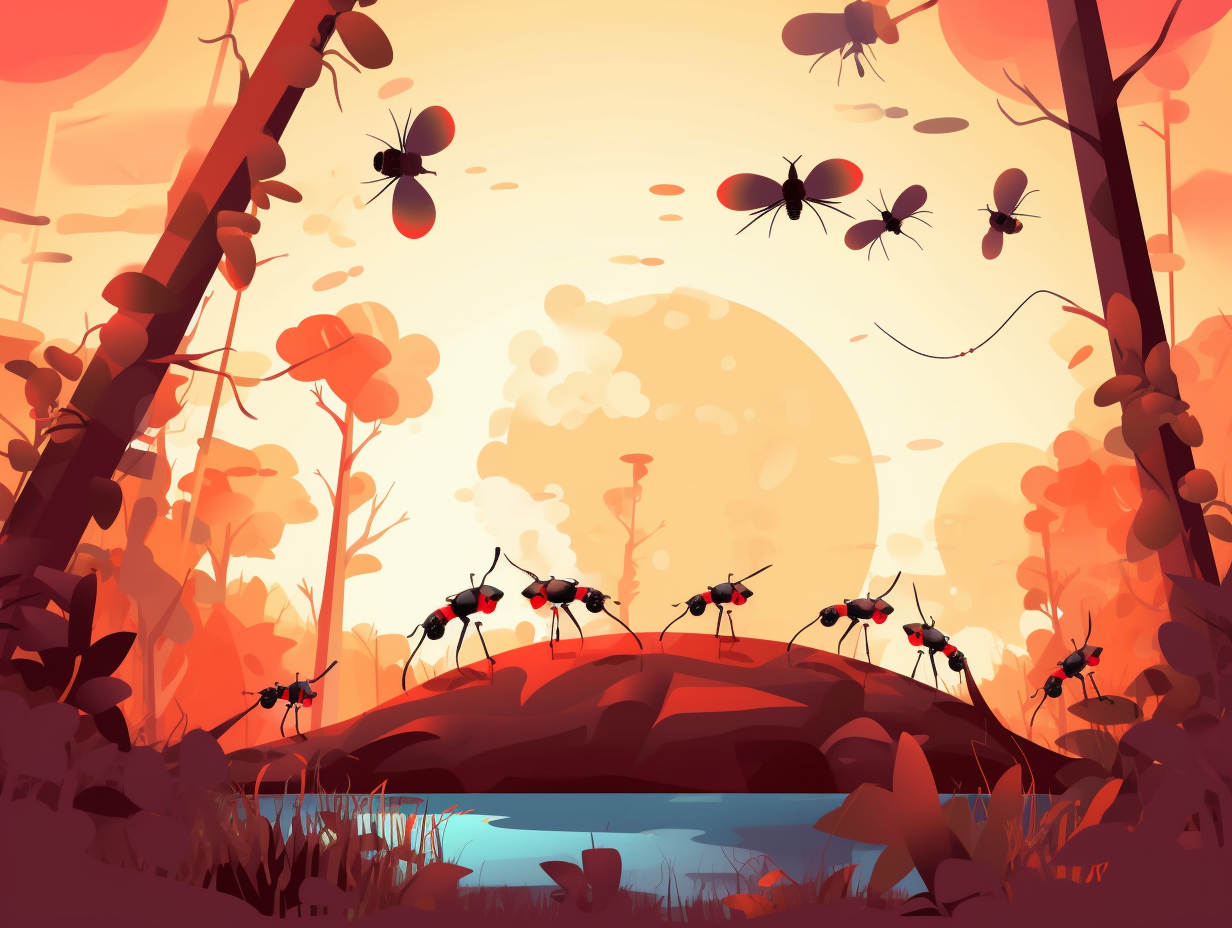
10. Ant-Eco Warriors
Whoever said two heads are better than one might just have been an ant enthusiast: These tiny-but-mighty creatures help keep other pesky insects in check, fertilize the soil and scatter seeds, and (though some folks might need to sit down for this revelation) keep the environment cleaner than Monica from Friends by disposing of lifeless bug bodies and assisting in breaking down organic matter.
Source => hortnews.extension.iastate.edu
11. Ant Baywatch
Breaking news: ants have joined the sunbathing club, working on their tans and possibly auditioning for the next Baywatch reboot! In reality: certain ant species, like harvester and imported fire ants, bask in the sun on chilly days to warm up, eliminate microorganisms on their bodies, and boost Vitamin D production – and some, like wood ants, even use absorbed heat to warm their nests!
Source => wildaboutants.com
12. Ant Nurses
Who needs a first aid kit when you've got a tiny, six-legged nurse on standby? That's right, ants are well-prepared for their daring ventures into the dangerous world of termite hunting: Matabele ants have been observed providing medical care to their wounded comrades by licking their injuries, effectively increasing their chances of survival and preventing infection from spreading through the colony.
Source => newscientist.com
13. Fire Ant Rafts
Whoever said teamwork makes the dream work must have been talking about fire ants: These resilient insects link together tarsus-by-tarsus to create waterproof rafts that can float for months, allowing them to survive floods and colonize new lands. With gripping forces stronger than your mom's embarrassing hugs, they trap plastron bubbles around their bodies and exhibit enhanced water repellency – proving that even ants know the importance of a good raincoat.
Source => pnas.org
14. Dancing Ants
Who says ants can't dance? These tiny jitterbugs know how to carry a heavy load while waltzing their way back home, all in reverse: Ants have incredible memories and can walk backward while hauling food many times their body weight, using their remarkable vision and the sun's position to navigate, turning their heads to remember the way, and inspiring researchers to develop robots mimicking their fascinating foraging techniques.
Source => earth.com
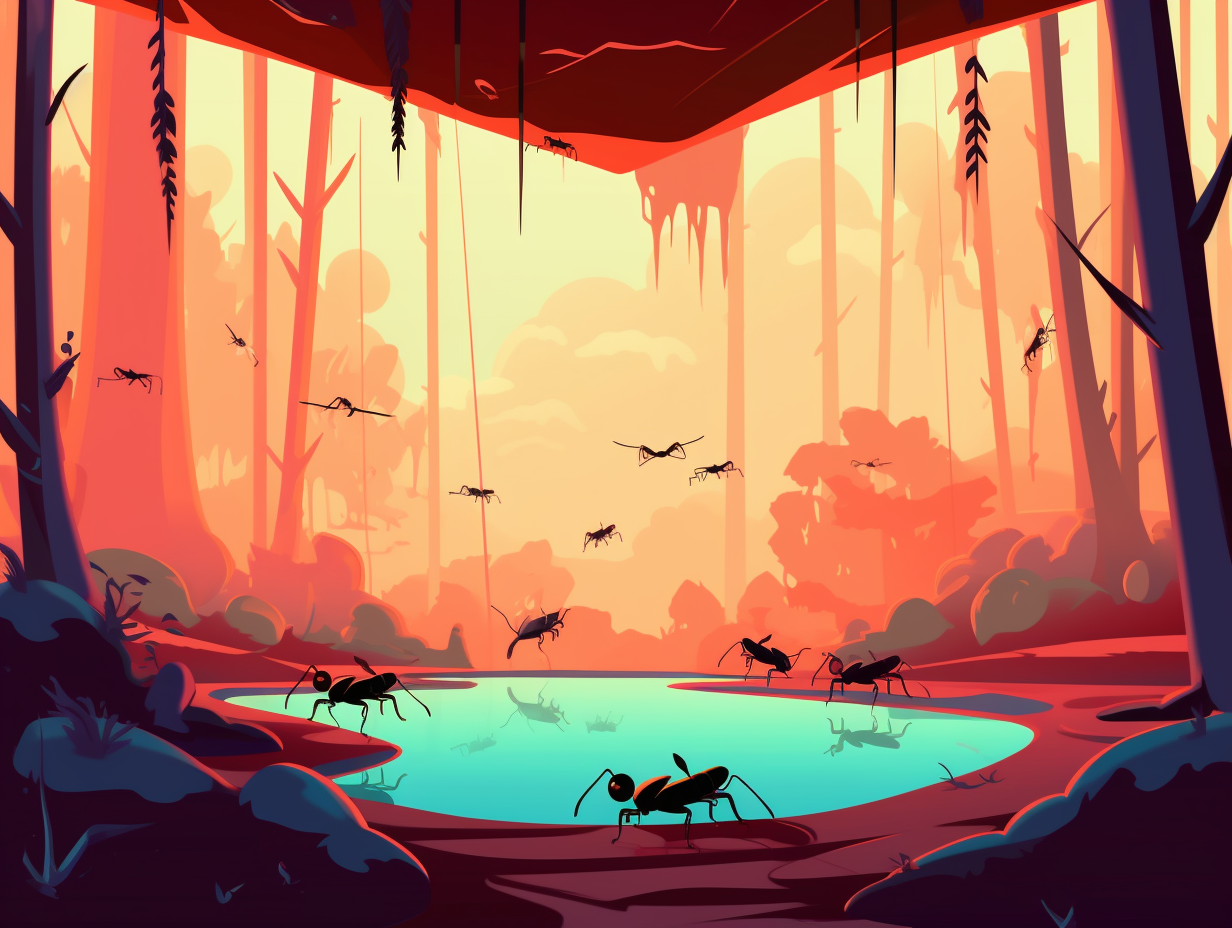
15. Ant Game of Thrones
Ant queens: taking the term "survival of the fittest" to a whole new level since the dawn of time! These royal ladies face the ultimate game of thrones as they leave home for the first time: Out of the countless virgin queens who bravely embark on a quest to establish new colonies, the vast majority succumb to merciless predators or the savage wrath of rival nest workers before they can even build a humble abode or locate a suitable king. The rare few who defy these treacherous odds and successfully kickstart their own colonies are crowned absolute MVPs in the ant world's perpetual and ruthless battle for survival and supremacy.
Source => antwiki.org
16. Ant Soil Improvers
Behold the humble ant, nature's original farmer and trendsetter in soil improvement long before adding compost was cool: These tiny eco-warriors enhance the earth by decomposing plant material, enriching soil with nutrients, and working with gut bacteria to fix atmospheric nitrogen for optimal plant growth. Move over, organic gardening influencers – ants are the real deal!
Source => soilsmatter.wordpress.com
17. Gentle Jaws
Beware the jaws that bite, the claws that catch, but keep in mind your human form: Most ants' mandibles are too tiny to cause a pinch to our skin, specialized only for carrying food morsels or the occasional tiny fencing match with smaller predators.
Source => antwiki.org
18. Ant Kingdom
Who needs Marvel's Ant-Man when nature's got her own superheroes by the thousands? Just imagine, the Earth itself is more than just a stage for ants, it's practically their kingdom: With over 12,500 known species and possibly another 10,000 waiting to be discovered, ants rule the insect world. These tiny titans have a colossal total biomass in the tropics that outweighs all vertebrate animals combined by a 2:1 ratio, making them vital ecological guardians. Not only are ants record-holding champs, but their genetic history also teaches us how they've adapted and thrived throughout time, offering vital insights into their potential for resilience in the face of climate change.
Source => expeditions.fieldmuseum.org
19. Kamikaze Ants
When ants aren't moonlighting as picnic-spoiling rascals, they actually audition for the next season of "Ants: All for One, One for All": Some worker ants possess enlarged glands brimming with a sticky, toxic fluid, which they can self-sacrifice to release against colony attackers – truly embodying kamikaze kinship.
Source => harvardforest.fas.harvard.edu
20. Ant Jenga Masters
Whoever said ants don't know how to Jenga clearly never played a game with them: Scientists from Caltech found that ants have an impeccable skill for removing specific soil grains when tunneling, akin to humans plucking blocks from a Jenga tower, allowing them to build nests reaching up to 25 feet deep with multiple layers interlinked by intricate tunnels.
Source => arstechnica.com
21. Antstock Party
Ever heard of a legendary party called "Antstock": where 20 quadrillion ants gather, chit-chat, and dance their thoraxes off, only to find out that it's happening all over the world? You're not invited, but here's a consolation: ants are so abundant on Earth that there are about 2.5 million of them for every human, and if put on a giant scale, they would outweigh all wild birds and mammals combined.
Source => washingtonpost.com
22. Aphid-Herding Ants
Who needs farmers when you have ants: These tiny agriculturalists are expert aphid-herders, tending to and protecting their aphid livestock in exchange for some sweet, sweet honeydew nectar.
Source => heartspm.com
23. Honeydew Soiree
If ants ever sent out dinner party invitations, "Come join us for a honeydew soiree" would surely be their catchphrase: these tiny socialites actually have a sweet tooth for honeydew, a sugary excretion produced by scale insects which can attract ants and lead to infestations in homes and businesses. Carpenter ants, odorous house ants, and fire ants are particularly fond of this divine dessert, and managing honeydew-producing insect populations can help control ant party crashers.
Source => ugaurbanag.com
24. Not in Antarctica
Ants are the tiny little unpaid interns of Mother Nature's office: constantly busy, ridiculously rich in diversity, present almost everywhere! Well, everywhere except Antarctica: the frosty continent is devoid of these ecological powerhouses due to its extreme climate and lack of suitable habitat.
Source => science.org
25. Saharan Speedsters
Step aside, Flash - there's a new speedster in town and they're giving you a run for your money: The Saharan silver ant holds the title of the world's fastest ant, zipping by at an incredible 855 millimeters per second, covering a whopping 108 times their body length within a mere second!
Source => courthousenews.com
Related Fun Facts

